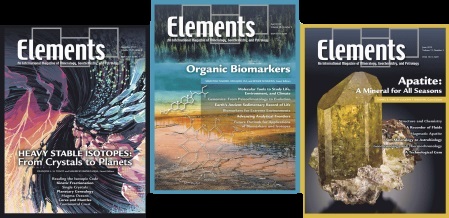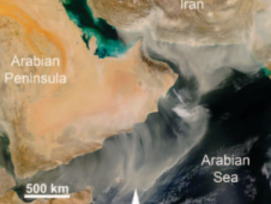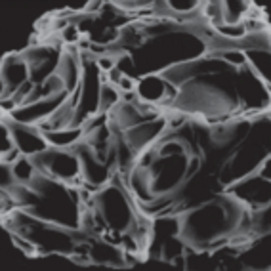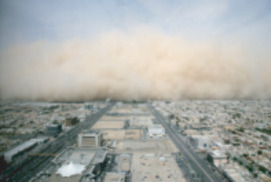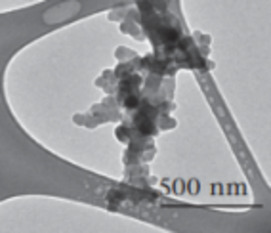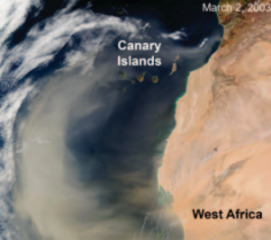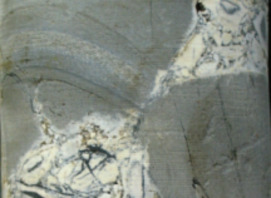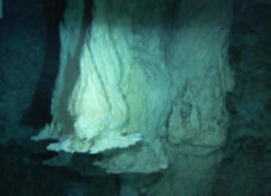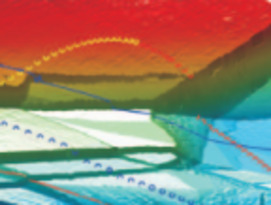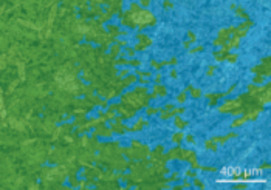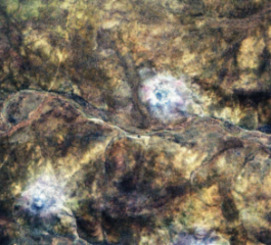Airborne Mineral Dust
Global dust events have been part of much of Earth’s history. As in the geological past, mineral dust deflated off weathered crustal material in arid regions is continually being lofted kilometres into the atmosphere, where it circles the globe until physical and chemical processes favour precipitation in the ocean or on land. Mineral dust aerosols affect the environment both directly and indirectly by impacting the chemical and physical properties of the atmosphere and by interfering with biogeochemical cycles, all on a global scale. The most important source regions of dust are all in the Northern Hemisphere and include North Africa, the Middle East, the northwestern Indian subcontinent, central Asia, and northwestern China.
Airborne Mineral Dust Read More »

